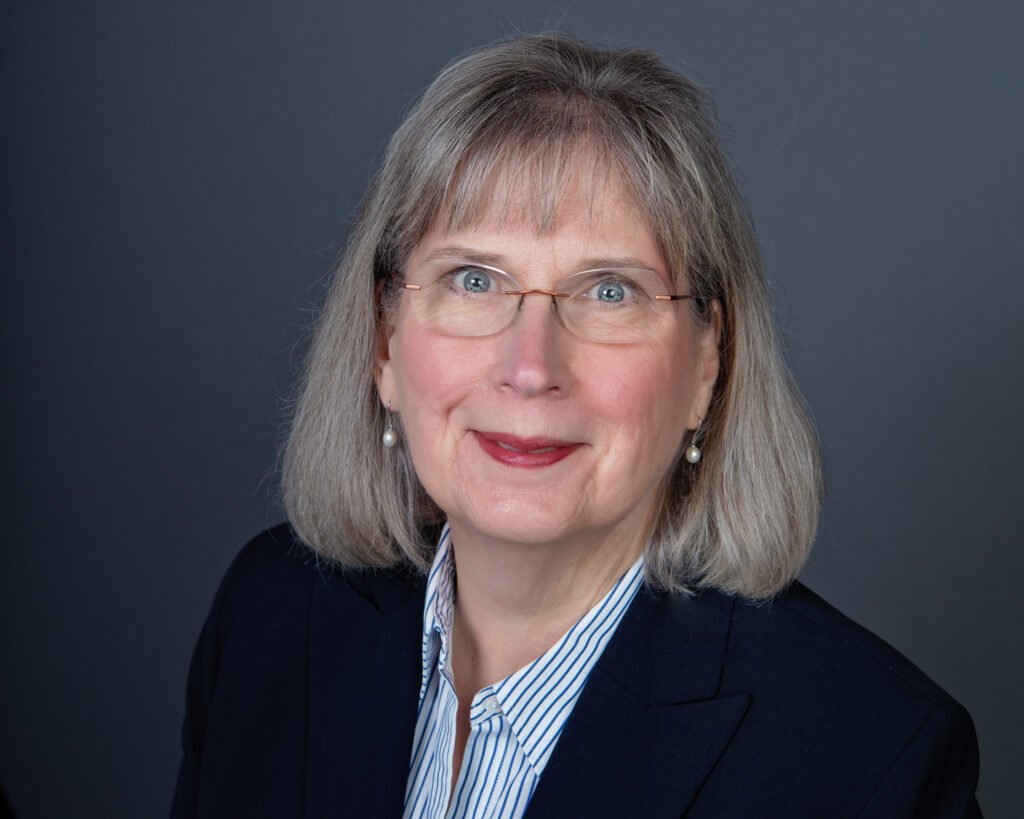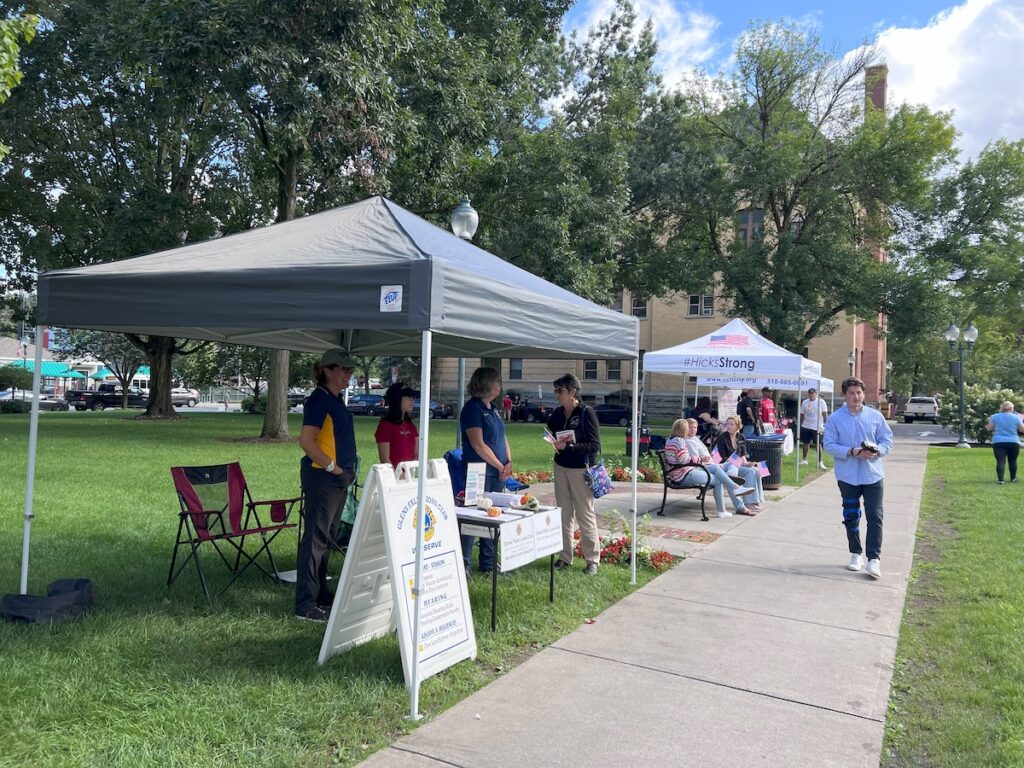What AI Does Not Know Yet & What It Needs To Know Better

Artificial Intelligence (AI) is among the most talked-about business and technology trends.
Users interact with AI in a variety of use cases. Organizations across industries, services, and sizes can use AI to their potential benefit. Benefits of AI include process optimization, improved operations, increased productivity, reprioritized costs, and enhanced products and services.
Digital transformation has made information more widely available; however, due to its format, organization, or structure, not all of this information can be effectively utilized by AI. Understanding what AI knows and does not know is crucial when considering its application in your business. It is the difference between simply “knowing” about AI and effectively “doing” with AI. By acknowledging what information AI can and cannot yet access, businesses can make informed decisions about leveraging AI for practical applications. Furthermore, as AI technology advances, its “knowability” will continue to evolve. Staying informed about what remains outside and inside AI’s capabilities is critical for users to make the most valuable and informed decisions possible.
What A.I. Knows
AI can draw upon born digital and digitized information, including public data, private data, the Internet, human-created data, and labels for a specific application or purpose. Notably, there are important considerations for the sourcing of information to build and train AI applications and the use of those outputs in a publication or for products and services.
Among them concerns about a data source’s quality, structure, and verifiability as well as potential bias, copyright, or other regulatory matters. The AI we have today knows practical and applicable amounts of information. Still, organizations and AI users need to ask and evaluate what information might be incomplete, missing, or needing improvement before further embedding and integrating the technology into core business operations and critical technologies.
What AI Does Not Know (Yet)
Organizations may not recognize the total value of their information assets. While digital transformation has made strides, significant informational value remains obscure within “unknown unknowns” (e.g., information we do not know exists and in what condition or format), analog physical materials, and localized content.
To unlock the full potential of these information resources and drive innovation, organizations must prioritize a comprehensive information management strategy. This strategy involves uncovering undiscovered information, digitizing analog assets, and managing localized content to channel it into actionable resources and tools that can be integrated considerately into AI-powered systems.
Undiscovered Information
Despite advancements in digital transformation, many organizations harbor untapped reservoirs of information – these are the unknown unknowns. Critical information often remains obscure, limiting insights and hindering strategic decision-making.
AI, while powerful, is constrained by the data it is trained on, unable to unlock the full potential of these hidden assets. To maximize the value of AI and drive business growth, organizations must prioritize the discovery, documentation, digitization, and accessibility of information assets. By breaking down silos and empowering data-informed practices, organizations can uncover new opportunities, enhance operational efficiency, foster partnerships, and improve their products and services.
Undigitized Analog Assets
Untapped potential lies within the analog archives of many organizations. Analog means not computerized or digital and is a physical asset. Historical documents, reports, and media, often containing invaluable insights into brand evolution, market trends, and research, are frequently stored only in physical storage.
Neglect, resource constraints, and a lack of understanding of their strategic value often hinder their digitization. This digitization delay creates a growing resource debt as the cost and complexity of converting analog materials can increase over time. Moreover, the inability to harness these assets limits organizations’ capacity to leverage AI for product development, customer service, and broader business objectives. By investing in digitization now, companies can unlock the hidden value within their analog archives and position themselves for future success.
Localized Digital Content
Organizations often struggle to harness the full potential of their digital assets. While data may exist in digital form, challenges abound such as: poor organization, outdated formats, proprietary restrictions, and integration difficulties. Local digital content, especially on in-house servers or legacy systems, is often inaccessible to AI tools due to unstructured formats and compatibility issues. However, this issue is improving and new AI applications are coming to browsers and desktops that can assist with these matters.
Although AI can assist in specific tasks, its effectiveness is limited by the quality of training data and the specific nature of organizational content. Successfully implementing AI requires substantial investment, careful planning, and expert guidance. As organizations migrate to the cloud, these challenges may persist, amplified by complex storage and security considerations. Despite these obstacles, the future of AI in managing digital content has potential, and proactive steps are essential to unlock its full potential.
What AI Needs To Know (Better)
Organizations must bridge the gaps between often overlooked, undigitized, local, and structured, well-managed information to leverage AI fully. This requires a strategic approach to information management including: robust curation, digitization, preservation, and accessibility initiatives. By fostering collaboration between IT, organization units, and informational management professionals, organizations can develop innovative methods to generate more value from their information assets. A holistic approach will create a more comprehensive and reliable information base to empower AI-informed insights and improve business decisions.
Conclusion
Organizations must understand the importance of their data, digital assets, and intellectual property to fully harness AI’s potential. While AI has made strides, it is constrained by the quality, accessibility, diversity, and specificity of the information it utilizes. By investing in comprehensive information management, organizations can unlock hidden value, drive innovation, and advance their goals. As AI evolves, a proactive approach to information management will be essential for an organization’s progress and sustainability. Organizations will have to weigh the benefits, costs, and risks of AI along with a constantly shifting landscape around energy impact, copyright, security and threats to be determined.


























